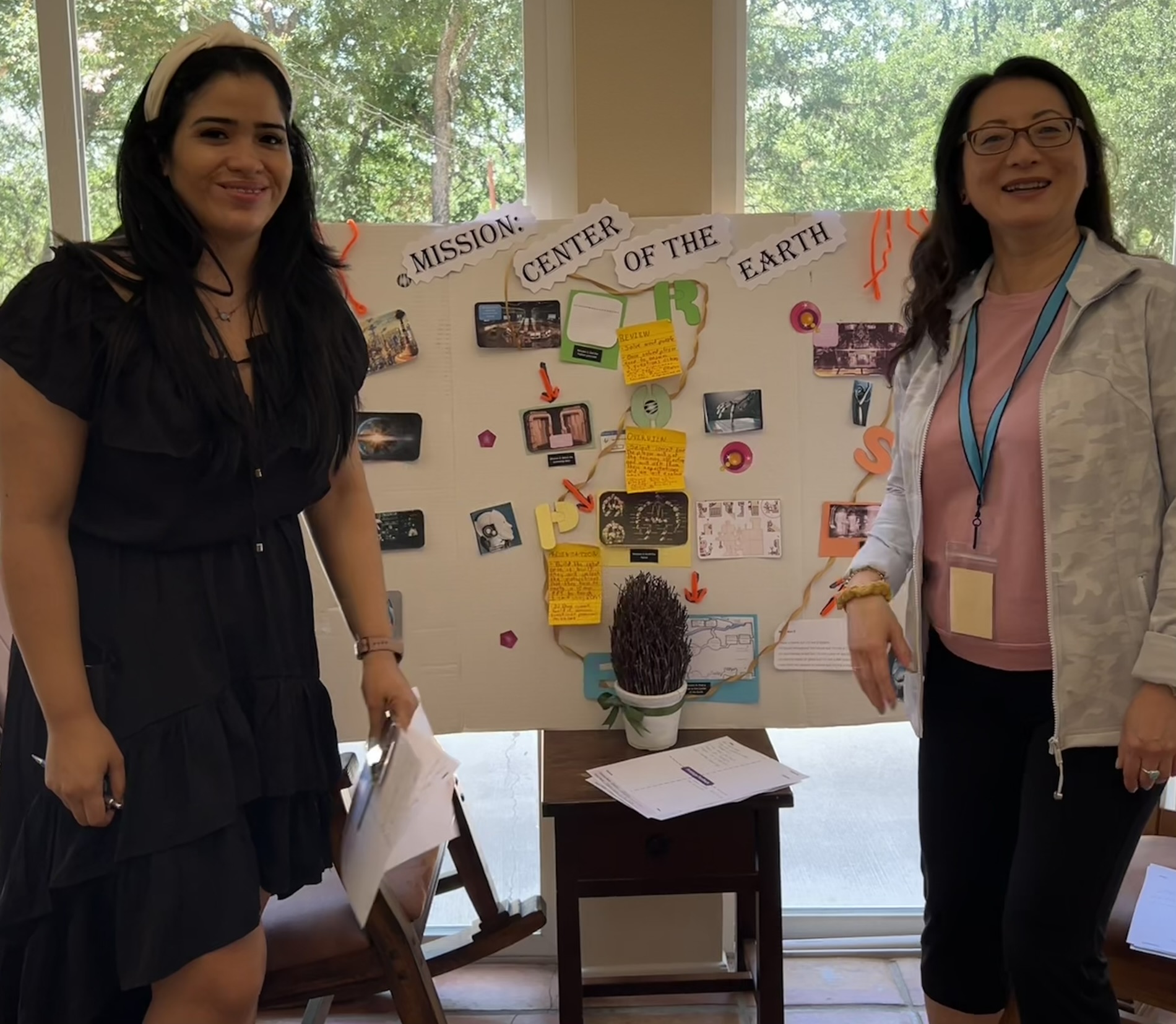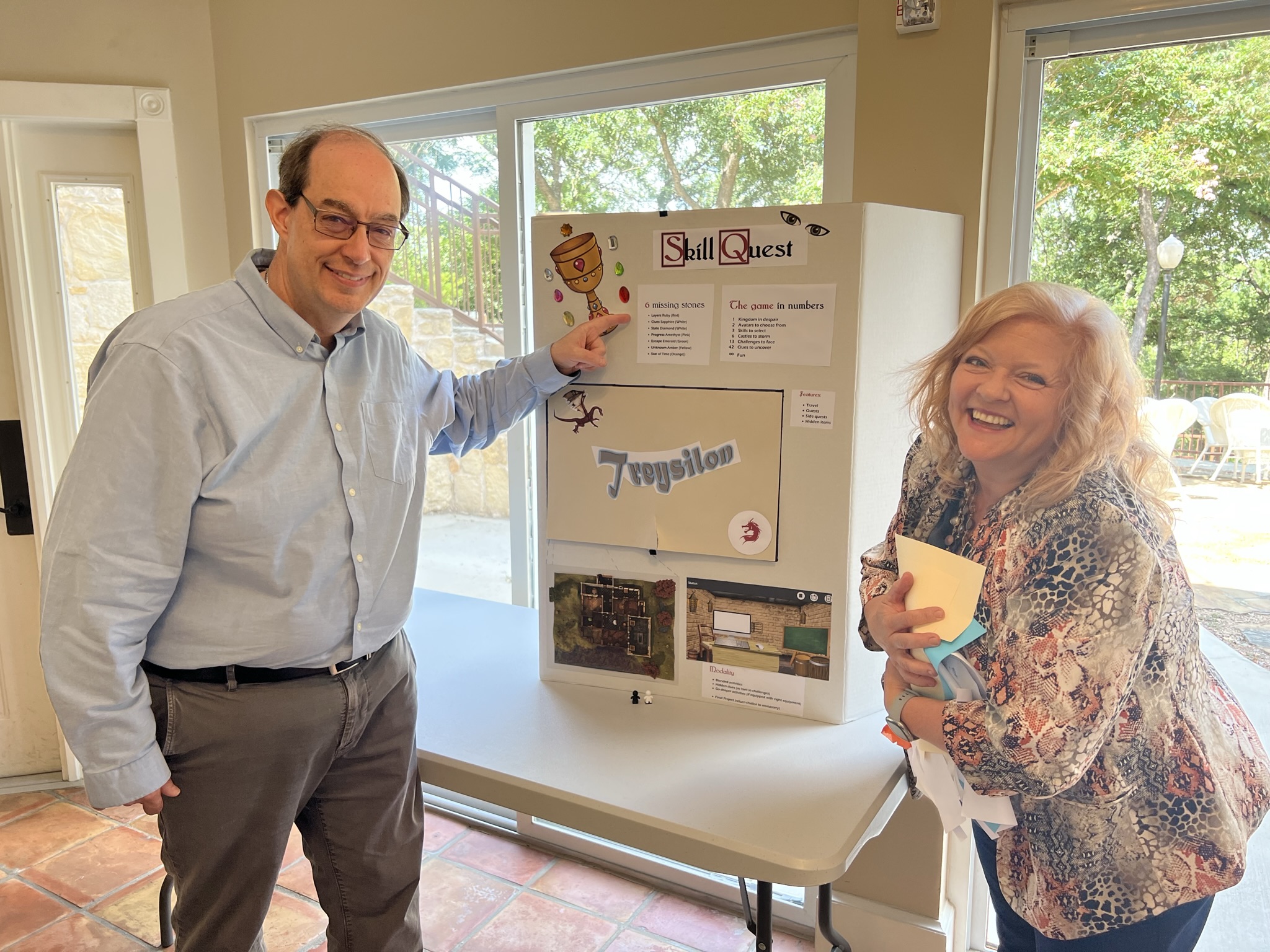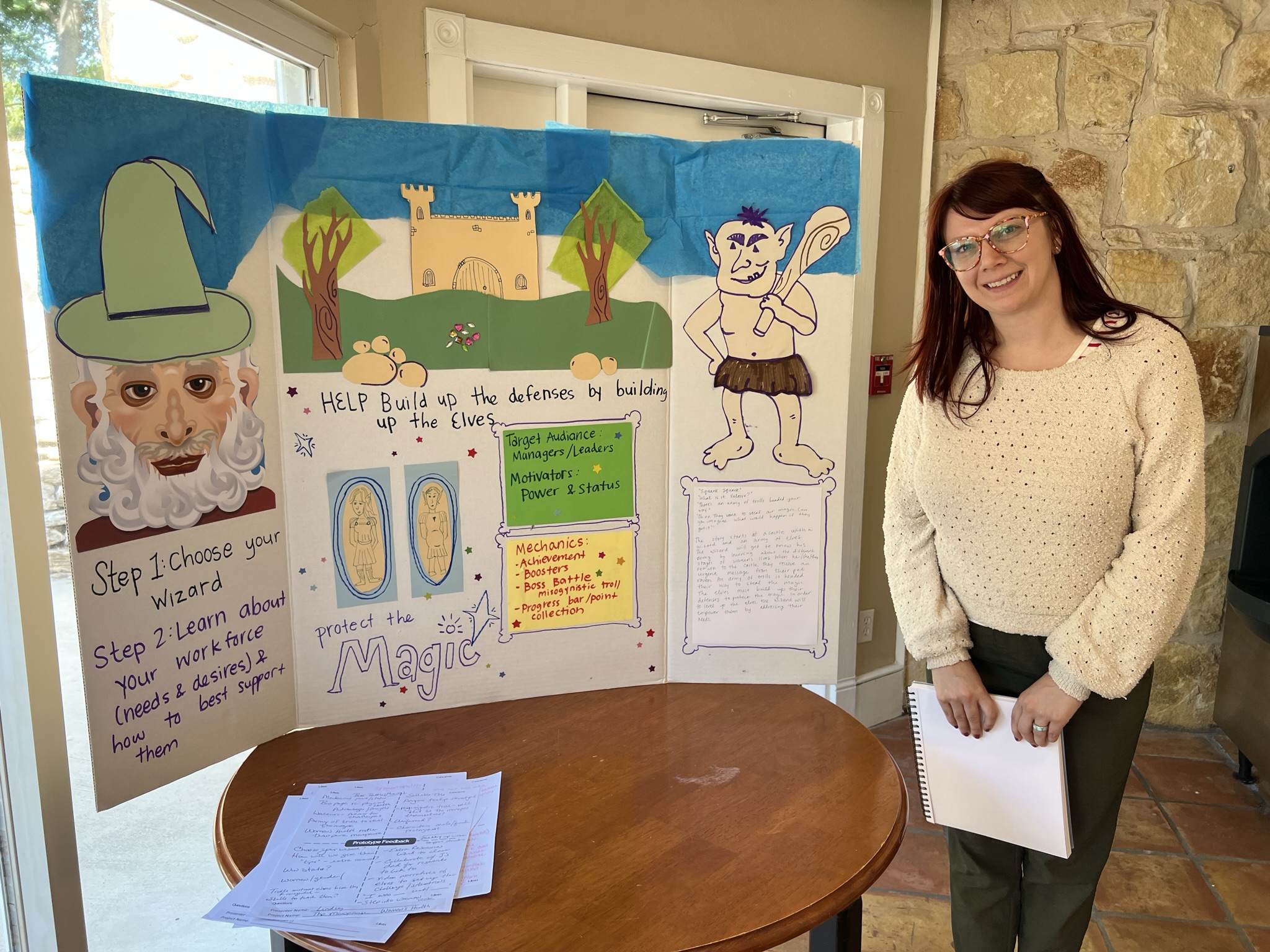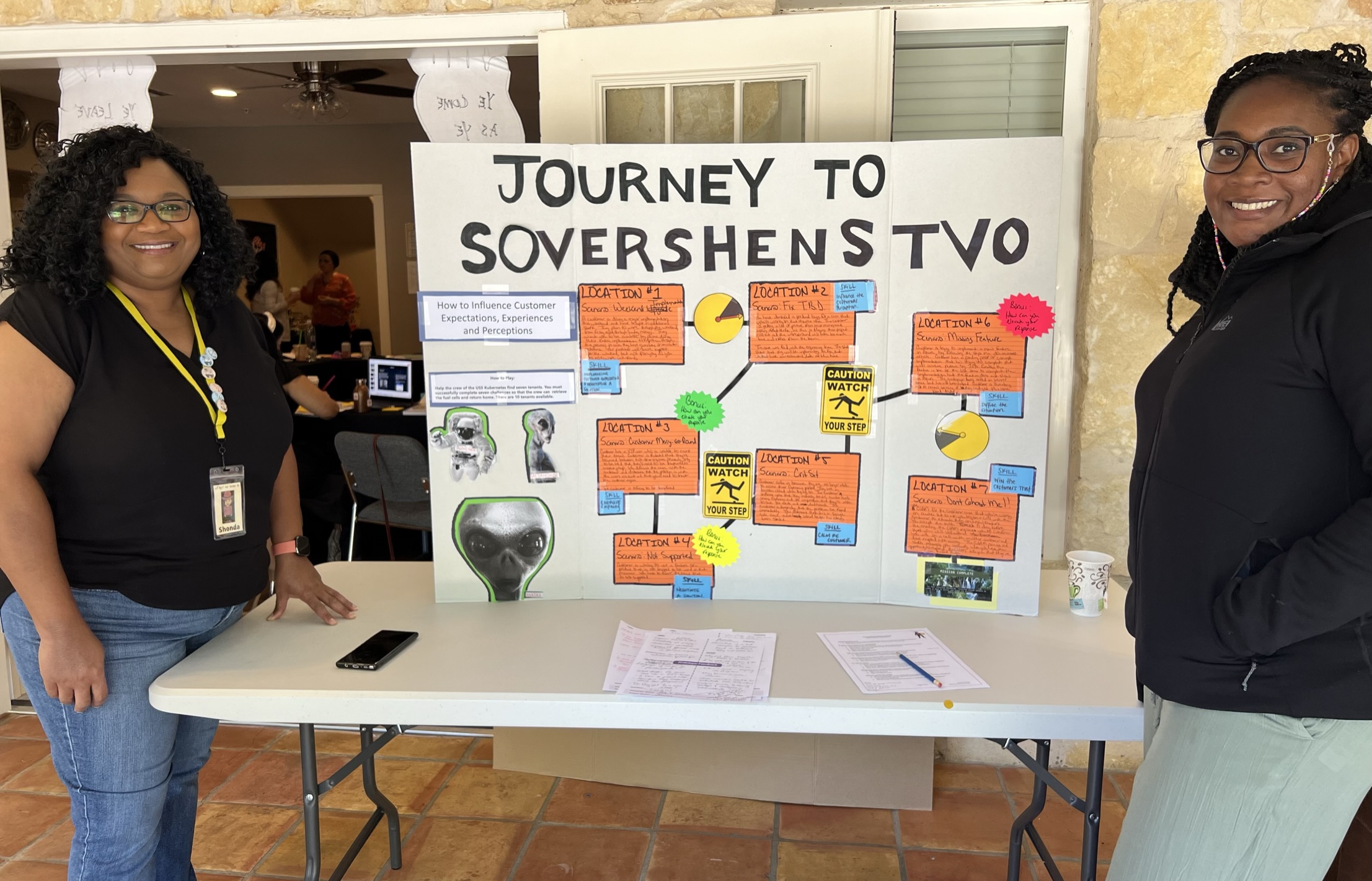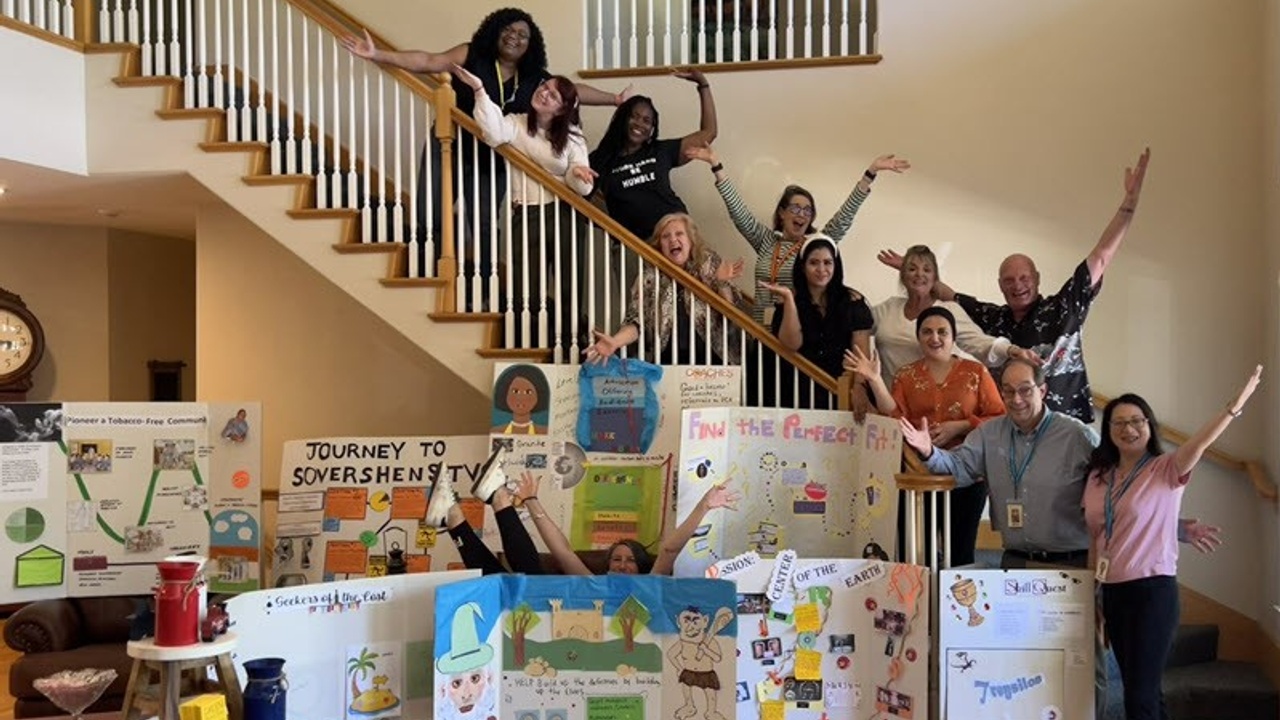
What Is a Low-Resolution Prototype?
Jun 15, 2022By Monica Cornetti
Sententia Gamification, Chief Engagement Officer
One of the best ways to gain insights into your gamified learning program design is to implement some form of low-resolution prototyping. This method involves producing an early, inexpensive, and scaled down version of the end product in order to reveal problems or miscommunications of what you are designing and for whom.
Prototyping allows you the opportunity to bring your ideas to life, test the validity of your current ideas, and investigate how end users think and feel about the potential product.
When designing with gamification, we LOVE low-resolution prototyping. Put a concept of your project on paper and put it into play testers hands early in the design process. We’ve seen it time and time again and know that you will gain more insight into plusses and minuses of your design in 10-minutes of someone new touching it than you will in poring over your design for 10-hours on your own.
In these pictures you're seeing the concept boards that were made by our recent Gamification Master Craftsman Design Intensive cohort. They now have 90-days of follow up coaching to help them to design and deploy their program.
A low-resolution prototype is a draft, a mockup of an idea, images, sketches, diagrams. It is not precious, something you are attached to, or even pretty.
A low-resolution prototype focuses more on high-level concepts of the final products and helps you to discover potential issues so that you can get them resolved at a very early stage. It helps ensure that you and your team have chosen and followed the right design theme and direction before digging in and investing real time and dollars.
At the early design stage, when you and your team are trying to quickly translate ideas into visualized examples and collect SME and user feedback, a low-resolution prototype is a your best and quickest choice.
When is it a good idea to use a low-resolution prototype or concept board?
- When a design idea flashes in your mind, and you want to convert it into a tangible mockup quickly
- When you want to discuss your design ideas with your partners as soon as possible
- When you want to test whether a design idea is feasible and will meet the users’ needs
- When you want to get feedback from other team members
A low-resolution prototype allows you to think about your proposed solutions in a different way – tangible rather than abstract – as well as allowing you to fail quickly and cheaply. You’ll spend less time and money on an idea, which is helpful, especially if you find out your idea was a bad one.
Our advice – slow down – take it all the way down – to paper. You’ll avoid costly mistakes, unnecessary complexity, or sticking with an ineffective idea for too long.
Don't miss a beat!
New moves, motivation, and classes delivered to your inbox.
We hate SPAM. We will never sell your information, for any reason.

